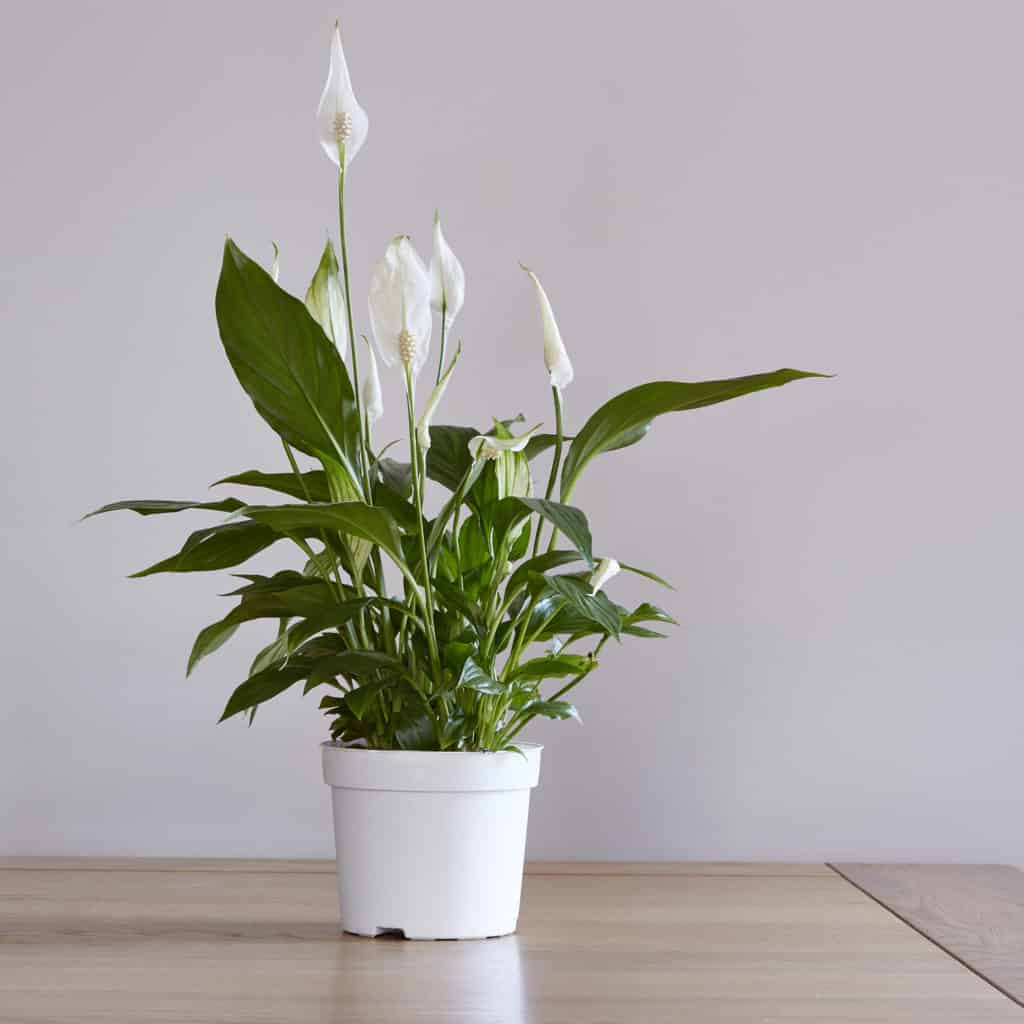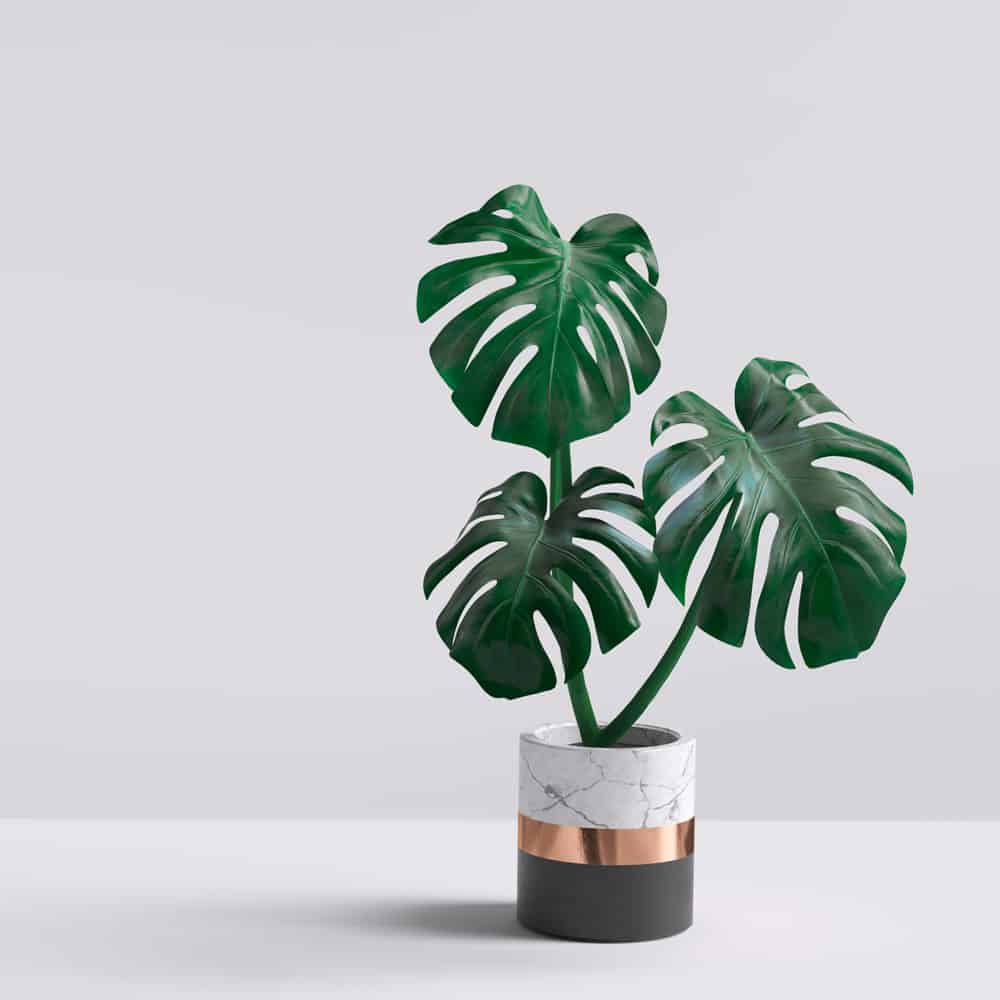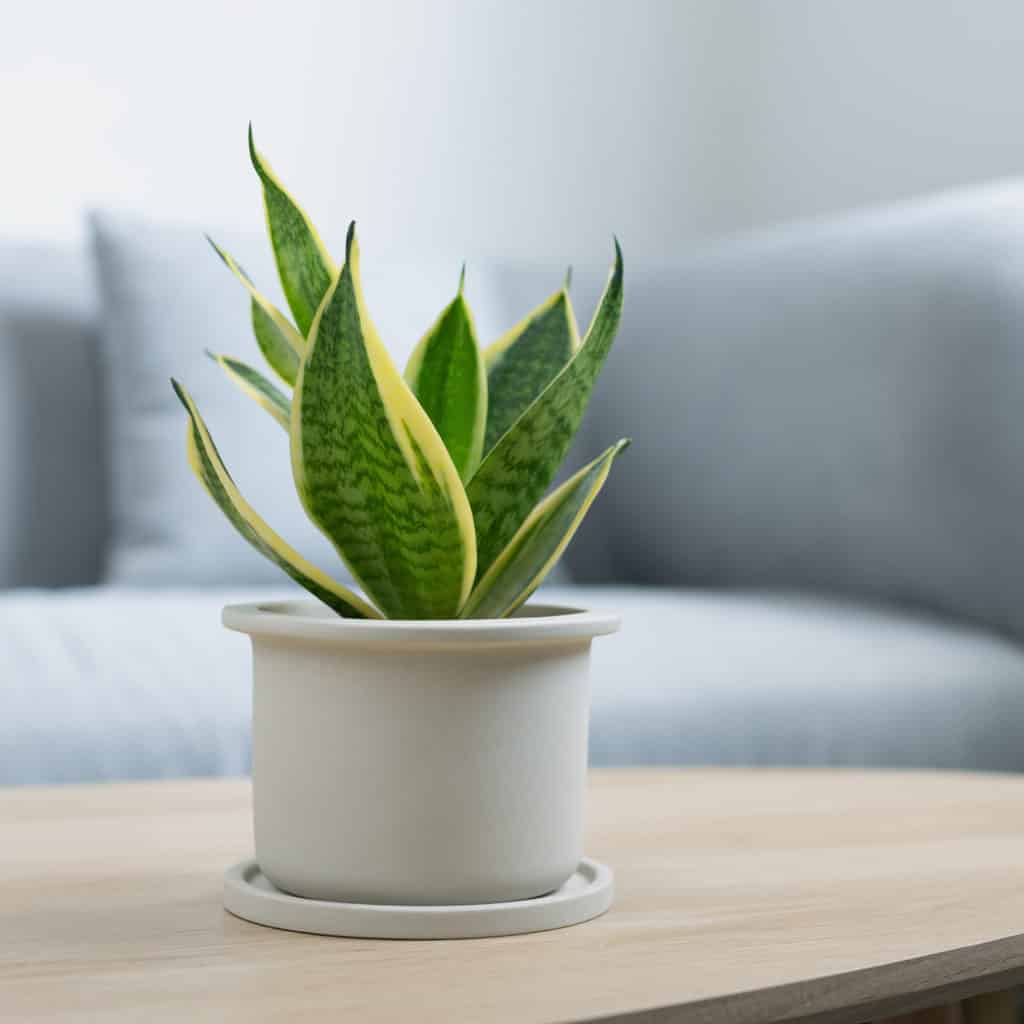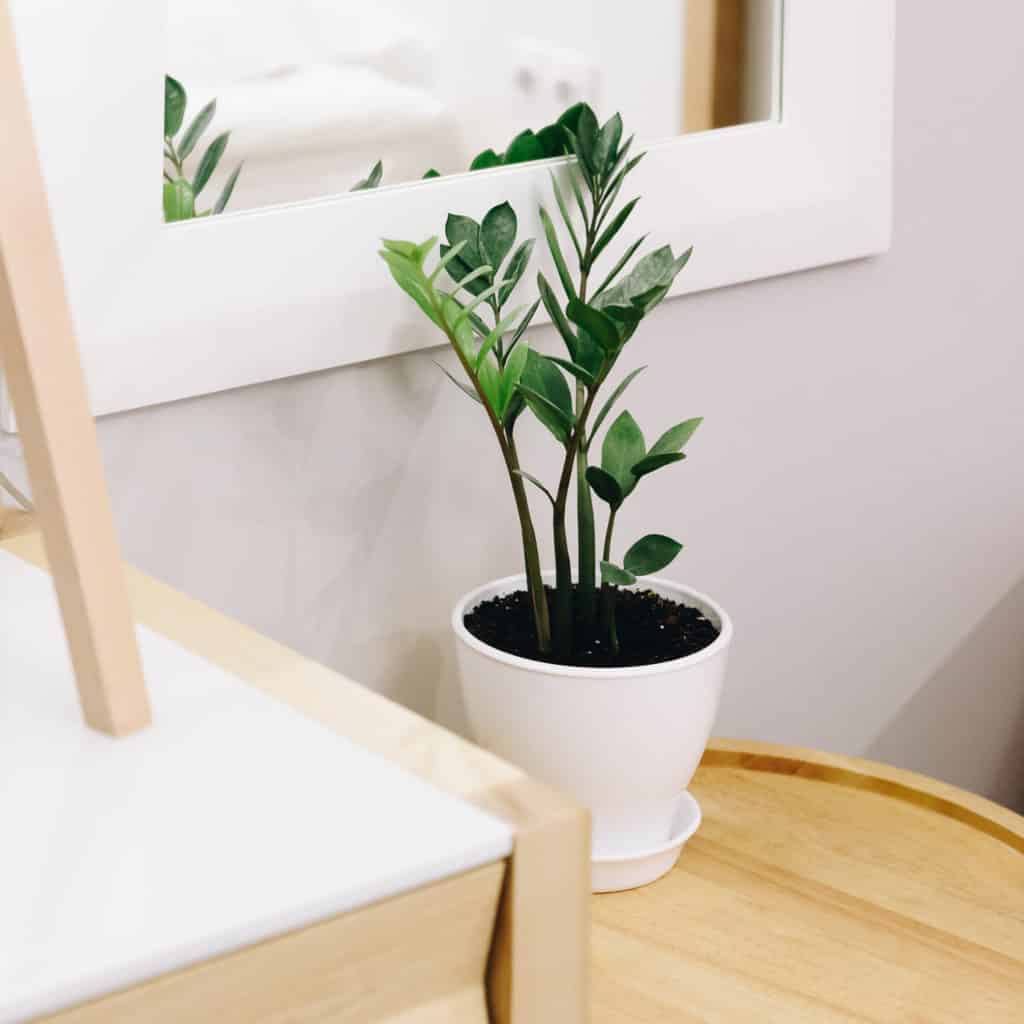- Plants
- Lawn & Garden
- Home & Outdoor Living
- Locations
Select a Location


Not sure which location is closest to you?
Use our handy Store Locator to find the most convenient Strader’s location from your address or zip code.
- Gift Cards
- Savings & Rebates
- Resources














